Blog
What you need to know about physiotherapy and podiatry.



You’ve probably seen it before. Maybe your child is getting dressed for school, and you notice their shirt hangs unevenly. Or during swimming class, you see their spine looks slightly curved when they bend forward.
At first glance, it may seem like a growth phase or “just bad posture.” But sometimes, these subtle signs could point to scoliosis in children.
Scoliosis often sneaks in quietly. It doesn’t always cause pain, and many parents in Singapore don’t realise their child has it until the curve is more obvious, and by then, treatment can become more complex.
This guide will help you:
✅ Understand what scoliosis is
✅ Recognise early signs before it gets serious
✅ Learn when to seek professional help
✅ Explore physiotherapy options available in Singapore
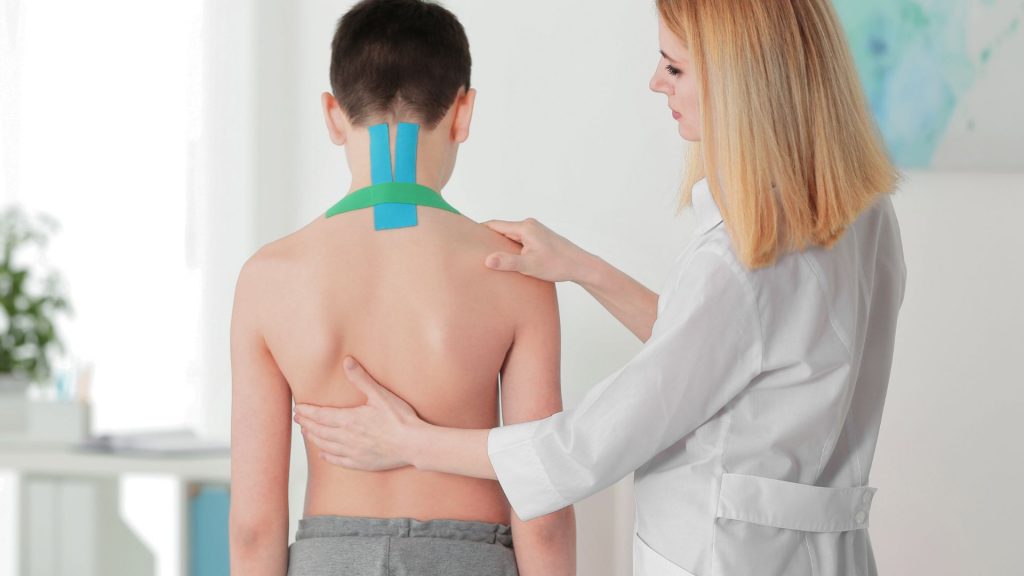
Scoliosis is a sideways curvature of the spine. Instead of growing straight, the spine bends into an “S” or “C” shape. It can range from very mild to severe.
Unlike poor posture, which can be corrected with reminders to “sit up straight,” scoliosis is a structural condition that requires medical monitoring and professional care.
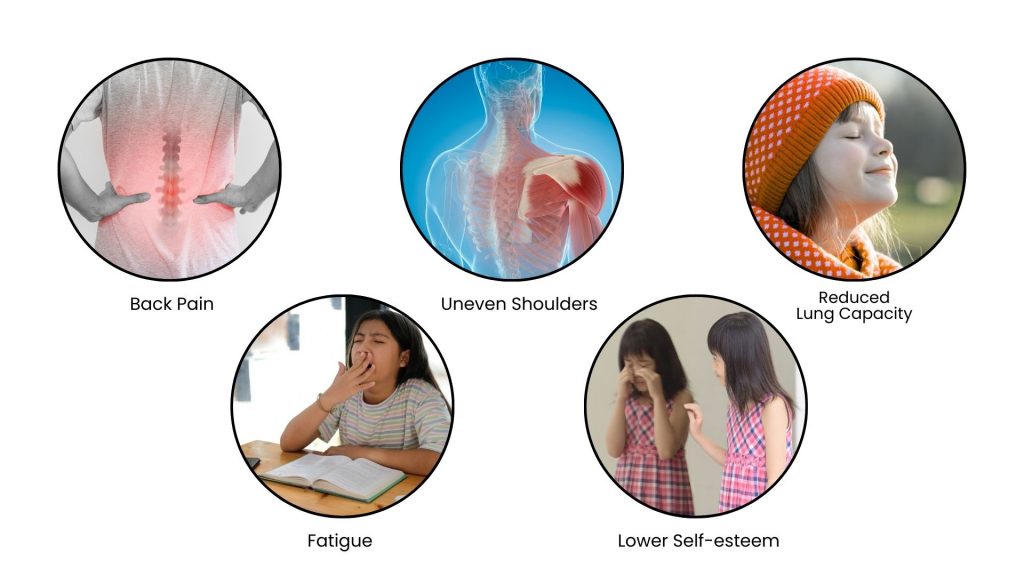
Scoliosis often starts small — just a few degrees of curvature. But as your child grows taller, the curve can progress quickly.
Left untreated, scoliosis can lead to:
With early physiotherapy intervention, scoliosis can often be managed successfully without the need for surgery. The earlier it’s detected, the better the chances of controlling or slowing progression.

There are different types of scoliosis, and understanding the cause helps guide treatment:

The tricky part about scoliosis is that it often doesn’t cause pain in the early stages. That’s why visual checks are so important. Here are some key signs:
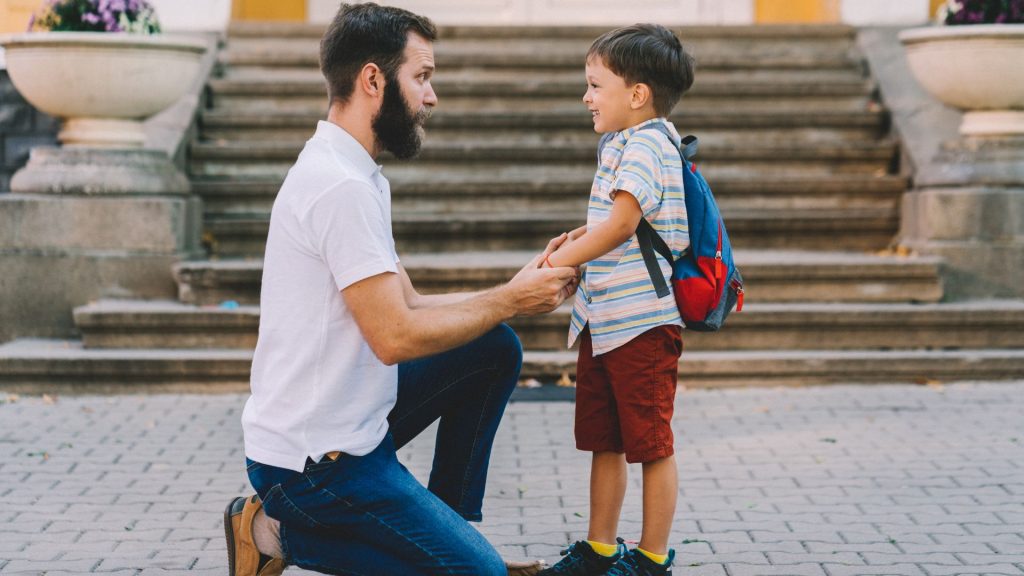
You can do a simple check at home to spot possible scoliosis:
If you spot one or more of these, it’s worth scheduling a posture screening with a physiotherapist.
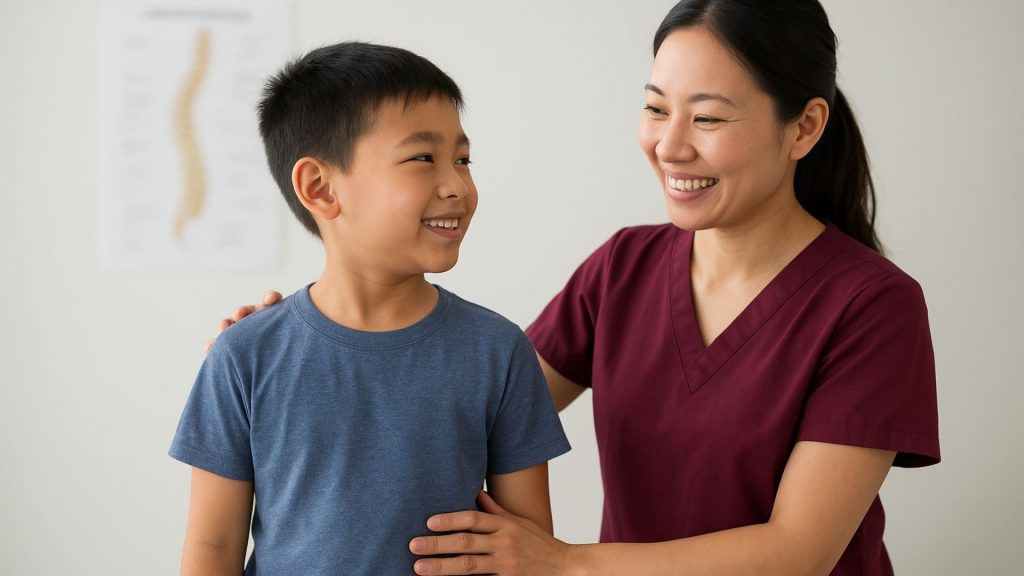
At Physio & Sole Clinic, our physiotherapists use a comprehensive, child-friendly approach:
These strategies don’t just improve alignment, they also build strength and confidence, helping children stay active and pain-free.
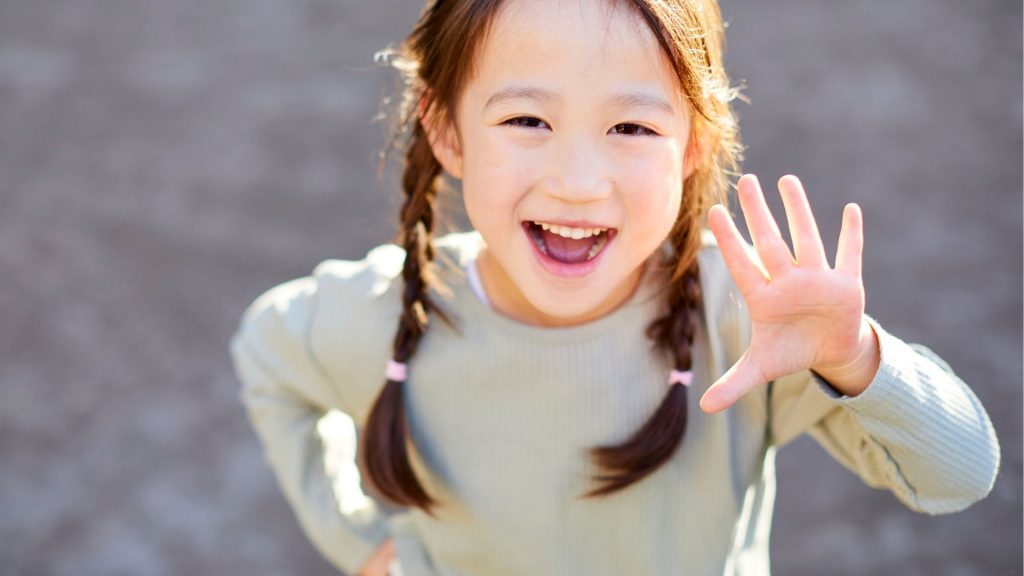
Clara, a 12-year-old, was brought in when her mother noticed her dresses always hung unevenly. Clara had mild scoliosis, which could have worsened with puberty.
Through weekly physiotherapy sessions and posture exercises, Clara gained strength and stability. After 6 months, her curve stabilised, and she now confidently participates in netball.
Her mother shared, “We’re grateful we caught it early. Physiotherapy helped Clara stand taller, literally and emotionally.”
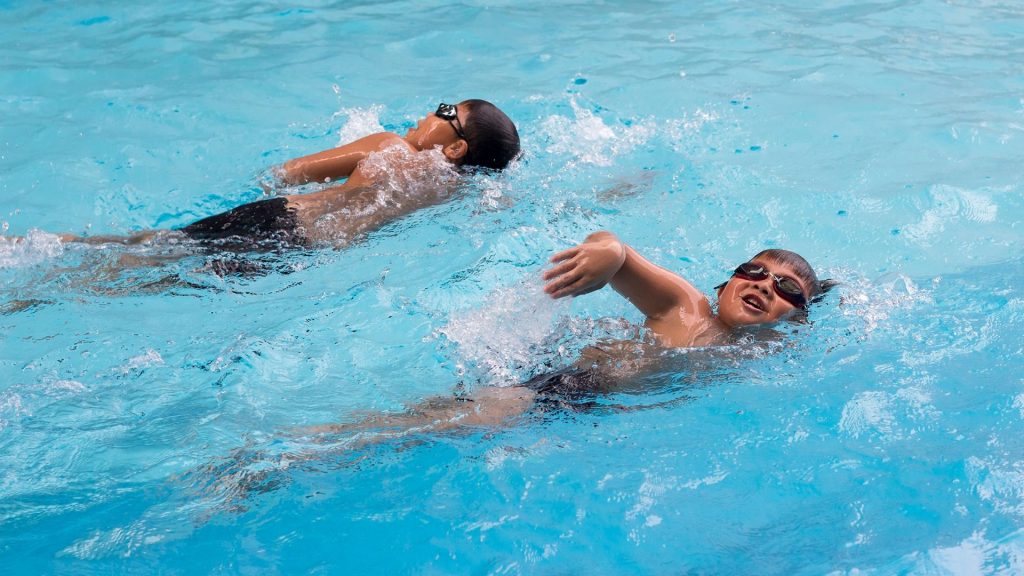
Even outside of physiotherapy sessions, parents can help their children develop good habits that protect their spines.
1. School Bag Management
2. Ergonomic Study Setups
3. Active Breaks from Screen Time
4. Sports & Exercise
5. Sleep Posture
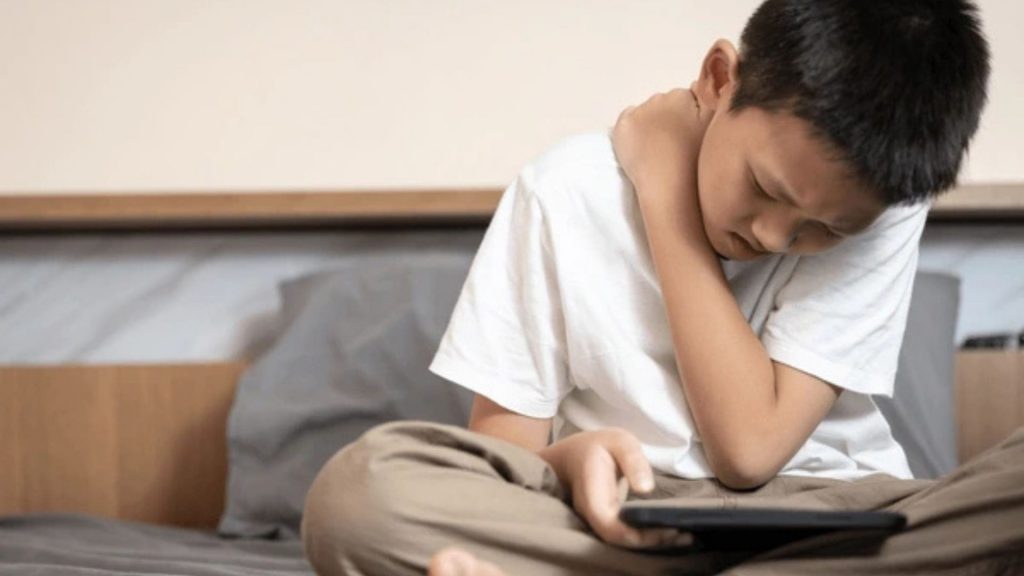
While mild scoliosis may not always progress, ignoring moderate or worsening cases can lead to:
Early detection and physiotherapy can prevent these outcomes and keep your child active and confident.
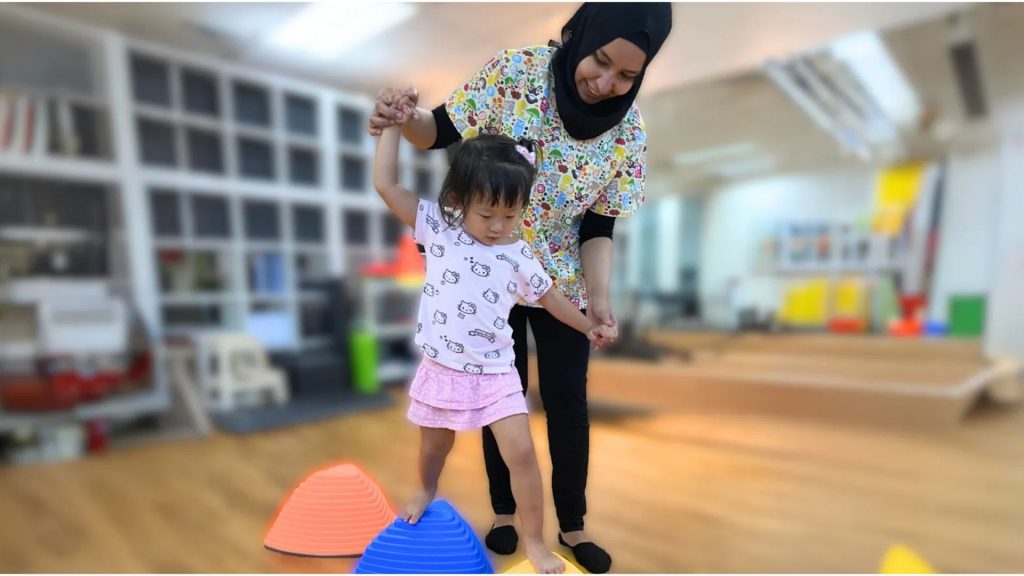
Hearing the word “scoliosis” can feel daunting. But here’s the good news: with targeted and early intervention, many cases in children can be managed effectively.
Think of it like spotting a small leak in the roof; the earlier you catch it, the easier it is to fix. With early detection, physiotherapy, and lifestyle changes, your child can continue to grow strong, active, and confident. You don’t have to face this worry alone; the team at the Women & Children Centre is here to guide you every step of the way.
Phone: 9126 8257
Fax: 6281 1209
Email: contact@physioandsole.com
Whatsapp a Podiatrist: 91754929
Whatsapp a Physiotherapist: 98997967